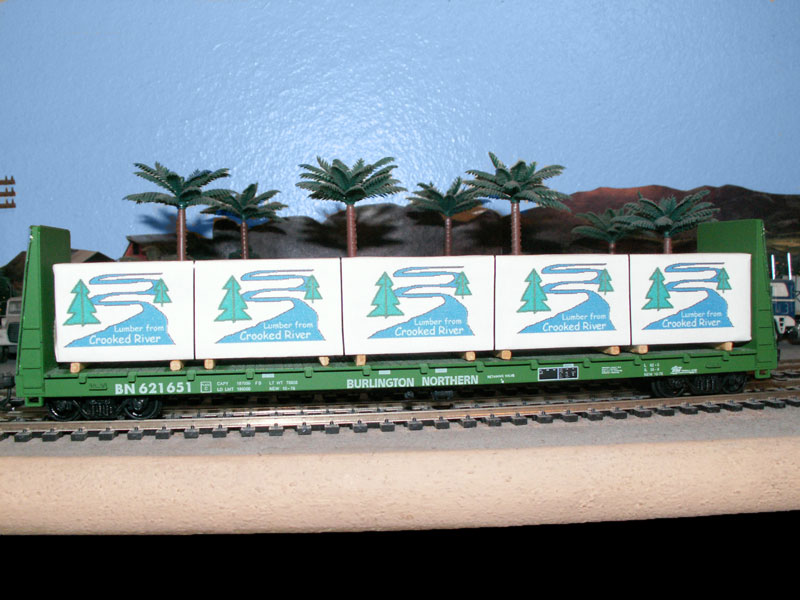
Weathering with Watercolors Every once in a while, when the mood hits, several cars are weathered at one time. This is done in an assembly line manner because of the painting method involved. Only water based acrylic poster paint is used. It's non toxic, doesn't have fumes and best of all it can be easily washed off if you muck it up.
There are five basic types of weathering: Dust, rust, mud, grease and oil, and product spillage.
First, using a small paint brush, the cars are given a thin wash of a brown color, the wetter the better. This represents general dust and dirt. Start on the roof tops and go straight down the sides leaving streaks to represent rain running off the dirty roof and the sides of the car. This is the simplest type of weathering but you can see the difference immediately. First it dulls that new car shine and then it brings out the details of the car which can be hidden with the factory paint job. Suddenly all the rivets and grooves show up and stand out.
Next several colors are partially mixed together on a plastic pallet (margarine lid) so that with each use the color varies slightly from car to car or even from section to section on a single car.
Rust is wet brushed onto the roof tops and streaked down the sides in moderation. Heavier rust goes on the couplers and trucks. Mud is kicked up on the ends and sides near the wheels. Grease and oil are dirty black spots around mechanical parts such as refrigerated units and on TOFC fifth wheels. It is also spillage on tankers and on some flatcars including piggybacks. A light gray color is used as spillage on covered hoppers which haul minerals and cement type loads.
| Home | Locomotives | Rolling Stock | Passenger Service | MoW | Track Plan | Operation | Lighting | Sound | Tips |
|
Berdoo
|
|
|
|
|
Barstow
|
||
Check out our items for sale!





Copyright 2003 Updated 5/26/2020
Sunset West Productions